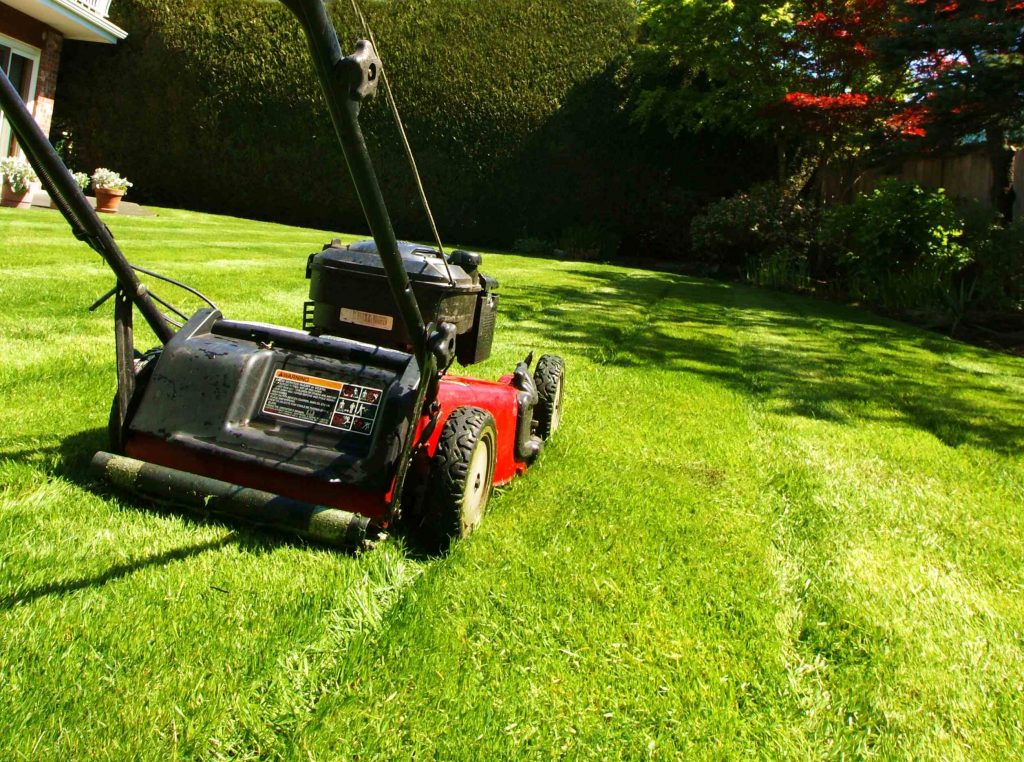If you own a lawn mower, you likely know that you have spark plugs in the engine. These spark plugs need to be changed occasionally as routine maintenance!

However, if you find yourself asking what a spark plug actually is, don’t worry, you aren’t alone. A lot of people know very little about their vehicles. The good news is that, since you are reading this, you are seeking to learn more.
What Is a Spark Plug? What Does It Do?
As you may know, your engine moves the wheels by igniting fuel in cylinders. The pistons in these cylinders are moved by the burning fuel and turn a crankshaft. This rotational movement is transferred to your wheels to move the vehicle. To ignite the fuel, your engine needs a spark. Every time a piston goes through its cycle, the spark plug sets off a small electrical spark to light the fuel/air mixture and continue the process. Although small and humble, spark plugs are really important. Without them, your engine wouldn’t start, and you wouldn’t get anywhere.
Types of Spark Plugs
There are several types of spark plugs. These are primarily differentiated by the type of metal used in the electrode. There are copper/nickel, platinum, double platinum, iridium and double iridium spark plugs. When you want to buy new spark plugs for your lawn mower, you need to be careful to get the right type. The simplest way to check this is by looking in your vehicle’s owner’s manual. Your manufacturer included details on the spark plugs you need in there. Another option is to use a VIN lookup free tool at your favorite auto parts store. This will help you find the right spark plugs for your make and model.
Changing Spark Plugs
Although it may seem intimidating, changing spark plugs is a relatively easy process. You’ll be back to mowing your lawn in no-time! It is a great starting point for anyone who is interested in working on vehicles. All you need to do is disconnect the wire, remove the spark plug, gap your new spark plug, then install and connect the new one. The most complicated part of this process is gapping. Fortunately, this is also easy if you take the time to learn what you are doing. Gapping is changing the distance (or gap) between the two electrodes to match the voltage and amperage of the engine. You may wonder what happens when plugs aren’t gapped properly? It could damage your engine and cause misfires. With a feeler tool and a little patience, all you need to do is slowly adjust the electrode to be the same distance apart as those on your old spark plug. Again, with a little patience, this is hard to mess up. The feeler gauge does most of your work for you.
Get Started
Now that you know a little bit about spark plugs, you are ready to change them in your vehicle. This is a quick and easy process. Just head to your favorite auto parts store to find the right plugs and pick up some tools. You could be a DIY mechanic in no time.







